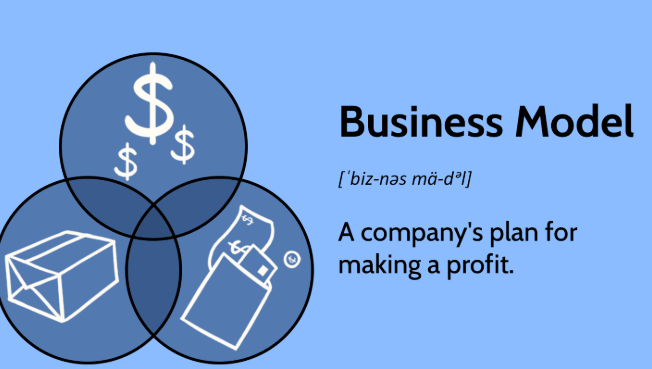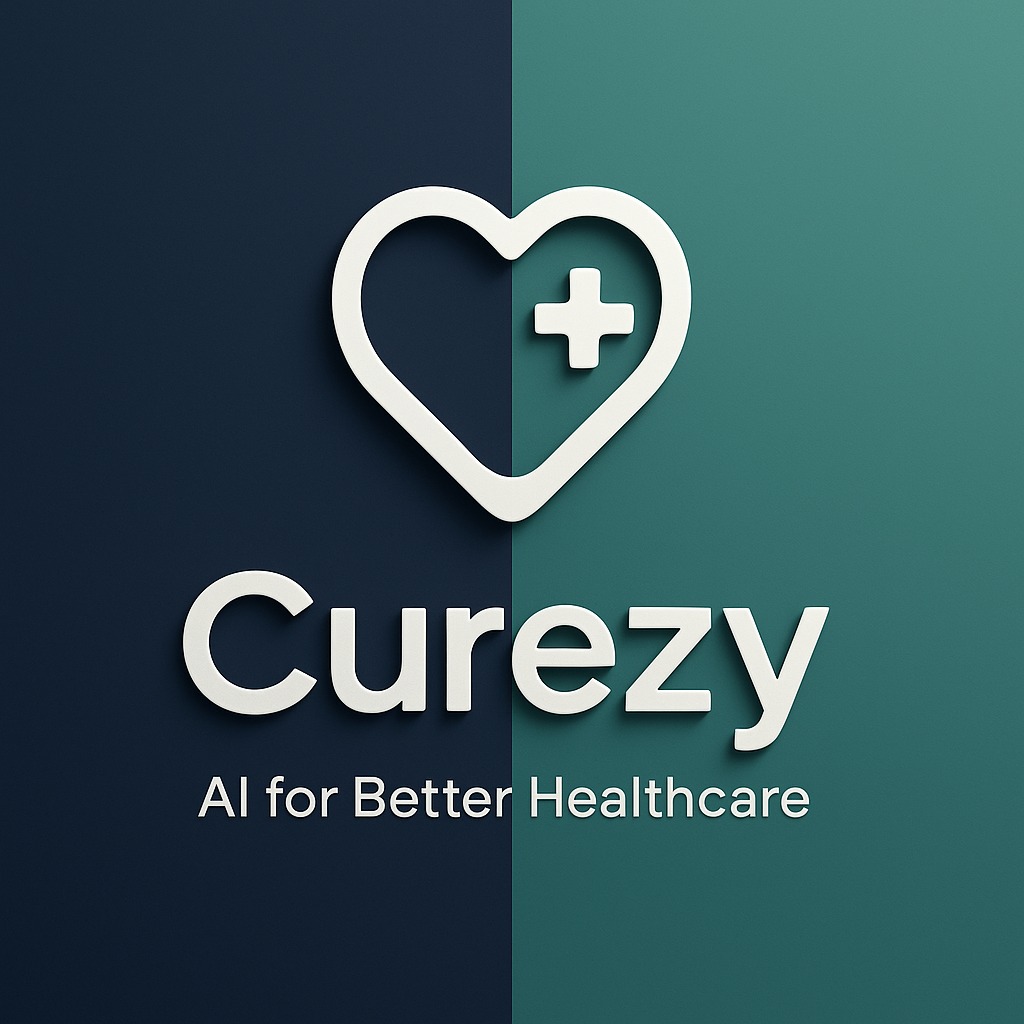Back
Aditya
I am > I was . • 3m
Day 14 of my 30-day Business & Entrepreneurship series Your product can be great… but without a business model, it’s just a hobby. The business model is the blueprint that shows how you create, deliver, and capture value. Here’s a quick tour of popular models 👇 SaaS (Software as a Service): Subscription-based, predictable recurring revenue. (Zoom, Canva, Figma) Transactional: Take a cut from each transaction. (Stripe, PayPal) Marketplace: Connect buyers & sellers, charge a % of GMV. (Airbnb, Etsy) Subscription (non-software): Recurring payments for products/services. (Netflix, meal kits) Enterprise: Large contracts with long-term clients. (Salesforce) Usage-based: Pay-as-you-go pricing. (AWS, utilities) Advertising: Free for users, revenue from ads. (Facebook, Google) Hardtech/Moonshots: High-risk, milestone-driven models (Biotech, Space, AI). 💡 Why it matters: – Investors love recurring revenue → predictable growth + higher LTV. – Pricing isn’t just math — it’s about perceived value. Sometimes a higher price makes your product look more valuable. – Your business model is as much a product as your product itself. 👉 The big takeaway? Innovate on your product, but don’t reinvent the wheel on business models. Copy what works — then make it yours. Read here - https://www.linkedin.com/pulse/day-14-business-model-aditya-kumar-jha-hj4sc See you on Day 15 — where we’ll dive into fundraising and what investors really look for in startups. 💸✨ #Entrepreneurship #Startups #BusinessModel #Revenue #SaaS #RecurringRevenue #30DayChallenge #LearnAndBuild

More like this
Recommendations from Medial
Maniraj N G
Marketing & Systems ... • 1y
What is a Revenue Model? A revenue model is the game plan for making money in your business. It outlines how your company generates income through its products, services, or other offerings. In simple terms, it’s the strategy behind your earnings.
See MoreManiraj N G
Marketing & Systems ... • 1y
Symmetrical vs. Asymmetrical Business Models Understanding these two models can help you analyze how businesses operate and grow. Here's a simple breakdown: Symmetrical Business Model You get paid directly for the value you deliver. Example: A
See MoreArin Agrawal
He who remains • 1y
How many of you know about (Churn Rate) Churn rate, or customer attrition, measures the percentage of customers who stop using your product or service over a period. It's crucial for businesses, especially those with subscription models, as it direc
See MoreDownload the medial app to read full posts, comements and news.































